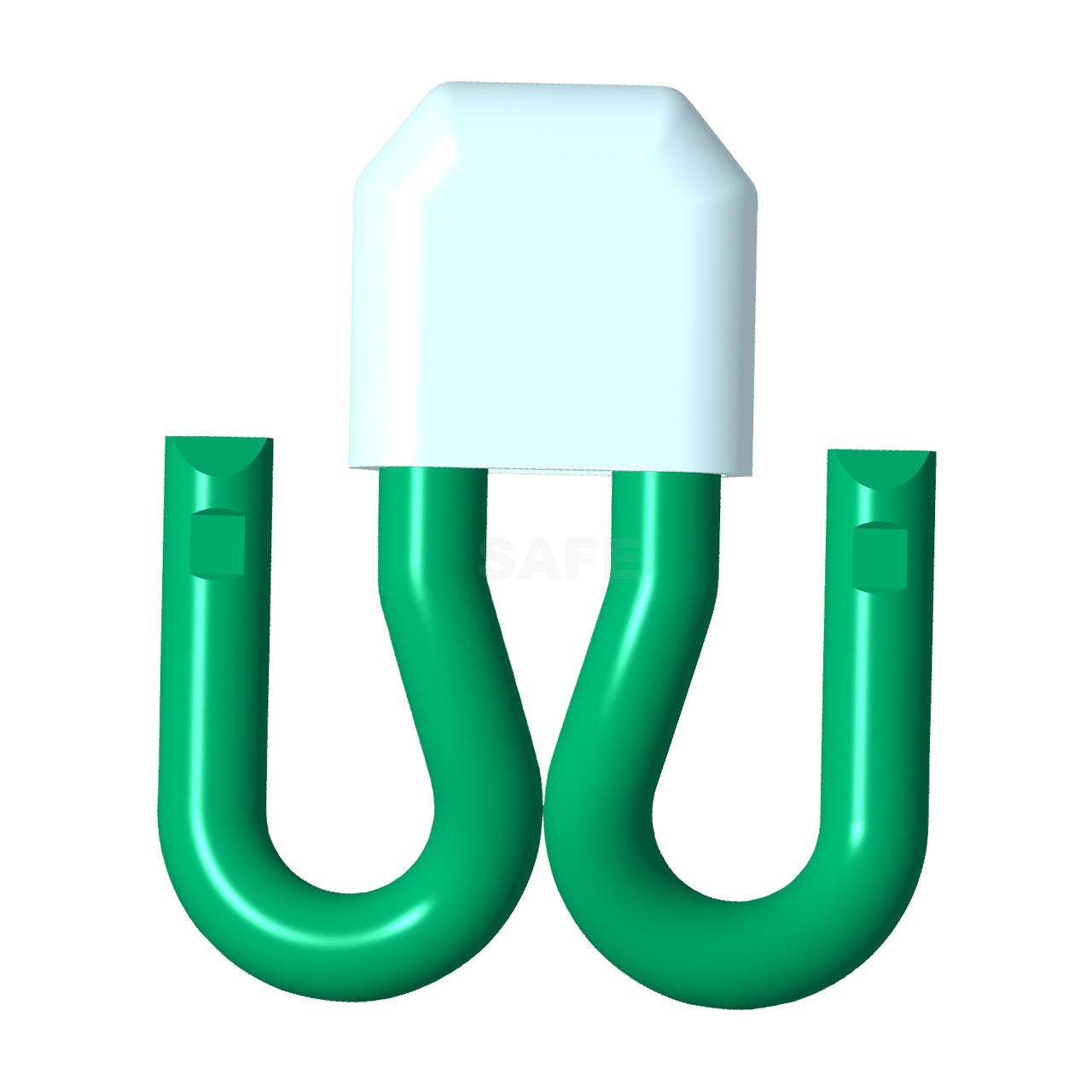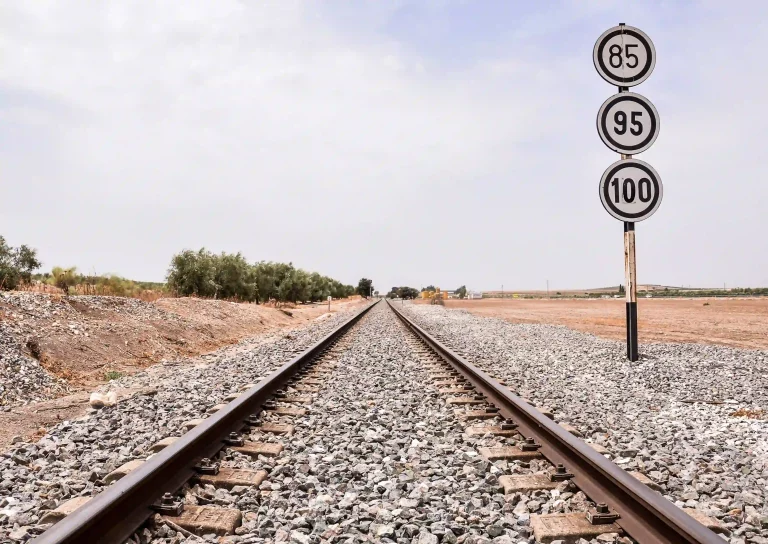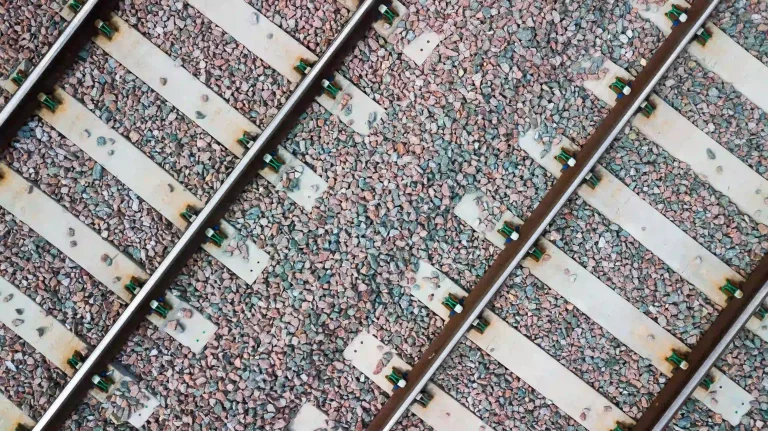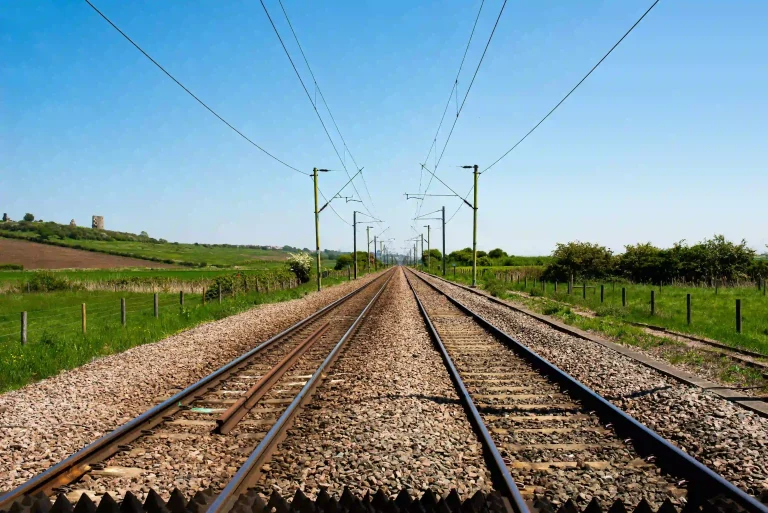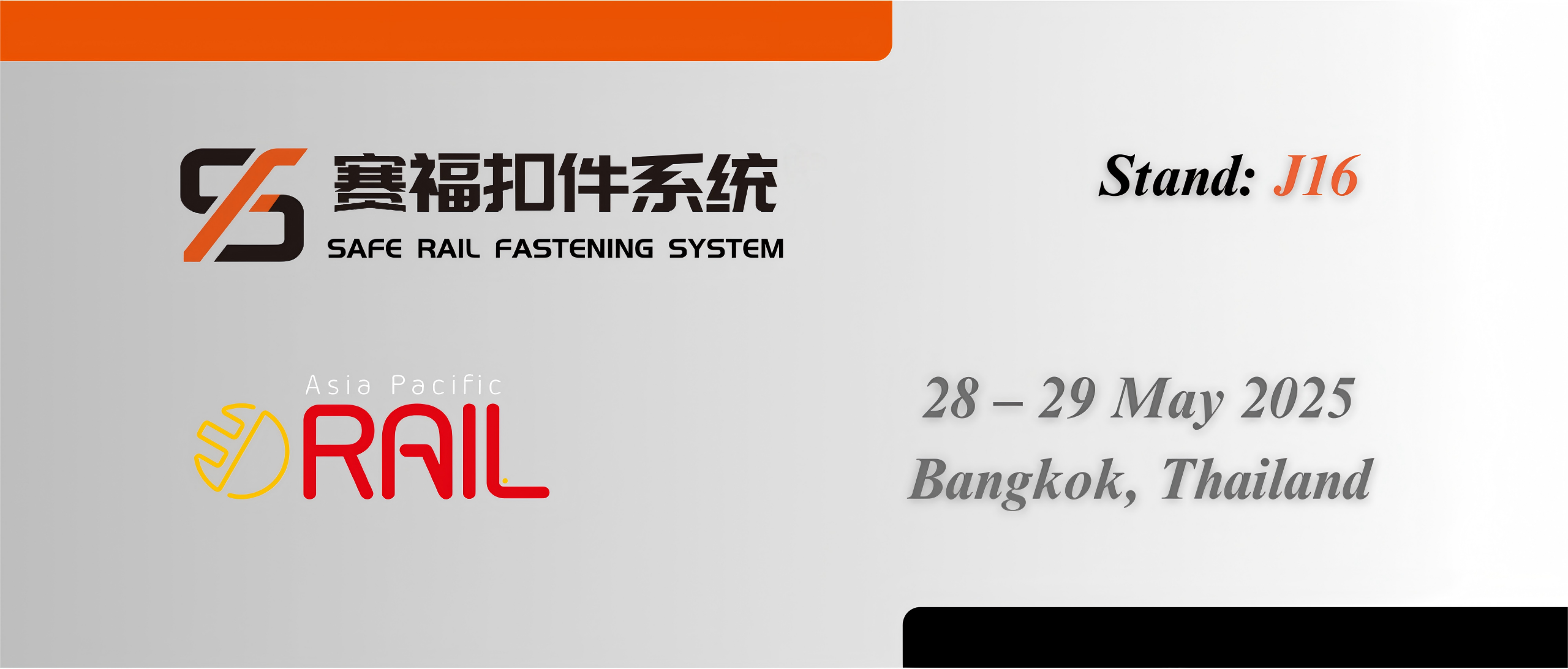Understanding Tension Clamps
What Are Tension Clamps?
A tension clamp is an essential part of the rail fastening system, designed to hold rails securely in place and maintain their stability. These clamps are crucial in preserving the integrity and safety of railway tracks by delivering a consistent clamping force. They are available in different shapes and designs, each suited to fulfill the unique needs of various rail systems and applications.
Importance of Proper Tension Clamp Installation
Proper installation of a tension clamp is crucial for several reasons. Incorrect installation can lead to inadequate clamping force, which may cause rail misalignment and potential safety hazards. Additionally, improper installation can result in accelerated wear and tear of both the clamps and the rail components, leading to increased maintenance costs and downtimes. Adhering to the correct installation techniques ensures optimum performance, longevity, and safety of the railway infrastructure.
SAFE Rail Fastening System (Zhejiang) Co., Ltd. is a leading manufacturer of rail fastening systems and railway engineering equipment products. Located in the Zhejiang Province, SAFE operates on a vast land area and boasts a total investment of over 50 million RMB. With an annual production capacity of 5 million sets of rail fastening systems, SAFE is equipped with state-of-the-art production lines and laboratories, housing more than 100 imported automated production and testing equipment.
One of SAFE’s flagship products is the tension clamp, a critical component in rail fastening systems. The tension clamp is designed to securely fasten rails to sleepers, ensuring stability and safety in railway operations. SAFE’s tension clamps are manufactured using high-quality raw materials sourced from reputable domestic enterprises, guaranteeing superior performance and durability.
The tension clamps offered by SAFE are suitable for various railway applications, including high-speed rails, conventional rails, heavy-haul rails, metro, and subway rails. These clamps undergo rigorous testing and adhere to international standards, ensuring their reliability and compliance with industry requirements.
Preparation Before Installation
Tools and Materials Needed
Before beginning the installation process, it is essential to gather all necessary tools and materials. This typically includes wrenches, screwdrivers, torque wrenches, and other specialized equipment tailored to the specific type of tension clamp being installed. Additionally, having replacement parts and safety gear such as gloves and safety glasses is advisable to ensure a smooth and safe installation process.
Safety Precautions
Safety should always be a top priority when working with tension clamps. It is important to wear appropriate personal protective equipment (PPE), including gloves, safety glasses, and sturdy footwear. Ensure the work area is free of obstructions and hazards. It is also beneficial to review the safety guidelines provided by the manufacturer to prevent accidents or injuries during the installation process.
Inspecting the Clamps and Supports
Prior to the installation of tension clamps, it is crucial to conduct a comprehensive examination of both the clamps and the rail supports. Inspect them carefully for any indications of wear, damage, or defects that might affect the installation’s integrity. Make sure that the clamps are clean and devoid of any debris. Verifying for manufacturing defects and confirming that all parts comply with the necessary specifications can help avert potential problems during the installation process.
Step-by-Step Guide to Tension Clamp Installation
Measuring and Marking the Installation Area
Accurate measurement and marking of the installation area are foundational steps to achieving correct tension clamp installation. Using precise measuring tools, determine the exact position where the clamp will be installed. Mark these positions clearly to guide the installation process. This ensures that the clamps are installed at the correct intervals and alignment, contributing to the overall stability of the rail system.
Positioning the Clamp Correctly
Once the installation area is marked, position the tension clamp correctly according to the specified guidelines. This involves aligning the clamp with the rail and ensuring it is seated properly against the rail support. Proper positioning is crucial to ensure that the clamp can exert the right amount of force and provide optimal stability to the rail.
Tightening Procedures for Various Types of Tension Clamps
Different types of tension clamps may require specific tightening procedures. It is important to follow the manufacturer’s instructions meticulously. Using a torque wrench, tighten the clamps to the recommended torque value. Over- or under-tightening can lead to ineffective clamping force and potential rail instability. For automated systems, follow the programmed settings to achieve consistent results.
Ensuring Proper Alignment and Fit
After securing the tension clamp, it is essential to re-evaluate its alignment and fit. Confirm that the clamp is uniformly fastened with no gaps or misalignments present. The clamp must fit tightly and apply even pressure across all contact surfaces. Correct alignment is crucial to prevent any movement and to guarantee the longevity of the installation.
Common Mistakes and How to Avoid Them
Over-Tightening or Under-Tightening
One common mistake during tension clamp installation is either over-tightening or under-tightening the clamps. Both can be detrimental—over-tightening can cause damage to the clamps and rails, while under-tightening can result in insufficient clamping force. Utilize a torque wrench to apply the correct amount of pressure as specified by the manufacturer.
Ignoring Manufacturer Instructions
Another frequent error is disregarding the manufacturer’s instructions. Each type of tension clamp may have specific installation guidelines that must be followed to ensure optimal performance. Ignoring these instructions can lead to improper installation, decreased effectiveness, and potential safety risks. Always refer to and adhere to the provided guidelines.
Using Inappropriate Tools
Using inappropriate or inadequate tools can significantly impact the quality of the tension clamp installation. Specialized tools are often required to apply the necessary force and achieve the correct fit. Utilizing the wrong tools can result in damage to the clamps or the rail components. Ensure that all tools and equipment used are suitable for the specific type of clamp being installed.
Recognizing the significance of correct tension clamp installation, adequately preparing for the task, adhering to a methodical process, and steering clear of frequent errors can guarantee flawless installations consistently. This practice not only boosts the efficiency and durability of the rail system but also secures the safety of railway operations.
Maintenance Tips for Longevity
Regular Inspection Schedule
To ensure the longevity and reliability of your tension clamp installation, it is crucial to establish a regular inspection schedule. Frequent inspections help in identifying any early signs of wear or damage, allowing for timely intervention. Scheduling inspections every three to six months, depending on the usage and environmental conditions, is advisable. During these inspections, check for signs of rust, cracks, or misalignment that could compromise the integrity of the tension clamps. Detailed records of each inspection should be maintained to track the health of the installation over time.
Cleaning and Lubrication Techniques
Proper maintenance of tension clamps requires routine cleaning and lubrication. Dirt, grime, and rust can accumulate over time, affecting the performance of the clamps. Clean the clamps using a wire brush or a mild detergent to remove any buildup. After cleaning, apply a suitable lubricant to the moving parts of the clamps to ensure smooth operation and prevent corrosion. The type of lubricant used should be compatible with the materials of the clamp to avoid any adverse reactions. Regular cleaning and lubrication prolong the life of the clamps and maintain their operational efficiency.
Troubleshooting Common Problems
Identifying Signs of Wear and Tear
Understanding the signs of wear and tear in your tension clamp system is essential for proactive maintenance. Look for visible signs such as cracks, bends, or any unusual deformation in the clamps. Also, pay attention to any noises or vibrations that may indicate a problem. Rust and corrosion are other indicators of wear and tear that should not be ignored. Early detection of these signs can prevent more severe issues and potential failures, ensuring the continued safety and reliability of the rail system.
Solutions for Misaligned Clamps
Misalignment of tension clamps can result in insufficient clamping force and potential instability of the rail. To tackle this problem, begin by loosening the impacted clamps and realigning them following the installation guidelines. Employ precision tools to guarantee accurate alignment. If misalignment continues, it might suggest underlying issues such as deformed rails or structural problems with the rail support. In such scenarios, a comprehensive inspection and possible replacement of affected components might be necessary. Correct alignment is essential to uphold the structural integrity and safety of the rail system.
Industry Standards and Compliance
Overview of Relevant Regulations
Compliance with industry standards and regulations is essential when installing and maintaining tension clamps. Various international bodies and national authorities have established guidelines for rail fastening systems to ensure safety and reliability. For example, the Transport Bureau of the Ministry of Railways of the People’s Republic of China has specific technical requirements for different types of tension clamps. Familiarizing yourself with these standards can help ensure that your installation meets all legal and safety requirements, thereby avoiding potential fines and ensuring the safety of rail operations.
Importance of Adhering to Standards
Adhering to industry standards and regulations is not just about compliance; it is about ensuring the optimal performance and safety of the rail system. Following these standards helps in achieving a consistent quality of tension clamp installations, reducing the risk of failures and accidents. It also provides a framework for regular maintenance and inspections, contributing to the longevity and reliability of the rail infrastructure. Non-compliance can lead to severe consequences, including operational delays, increased maintenance costs, and even legal liabilities.
Final Thoughts on Optimizing Tension Clamp Performance
Optimizing the performance of tension clamps involves more than just proper installation; it requires ongoing maintenance, timely troubleshooting, and strict adherence to industry standards. By implementing a regular inspection schedule, ensuring proper cleaning and lubrication, and addressing any signs of wear and tear promptly, you can extend the lifespan and efficiency of your tension clamp installations. Additionally, maintaining compliance with relevant regulations ensures the safety and reliability of the rail system. By following these guidelines, you can achieve a perfect tension clamp installation every time, contributing to the overall success of your rail operations.
SAFE prides itself on its commitment to quality management and environmental sustainability. The company operates under the ISO9001 Quality Management System, ISO14001 Environmental Management System, and IS045001 Occupational Health Management System. With a focus on performance excellence, SAFE implements the “6S” Management System, ERP Management System, and JIT Production Management Method.
By choosing SAFE’s tension clamps, customers can benefit from a comprehensive range of advantages. These include high-quality manufacturing, adherence to international standards, excellent performance management, and a commitment to environmental and occupational health and safety.
In summary, SAFE Rail Fastening System is a trusted manufacturer of rail fastening systems and railway engineering equipment products. Their tension clamps, known for their reliability and adherence to international standards, provide secure and stable rail fastening solutions for various railway applications. Choose SAFE for superior quality and performance in the rail industry.




